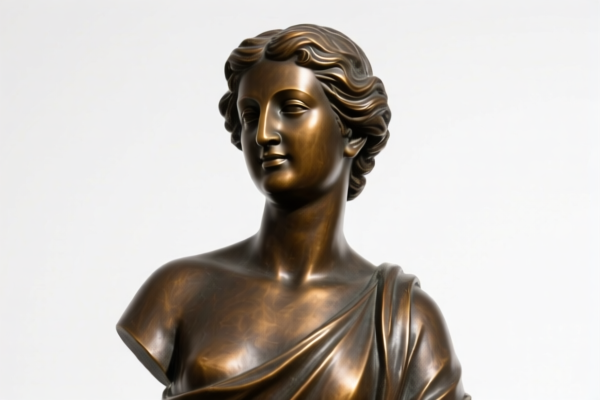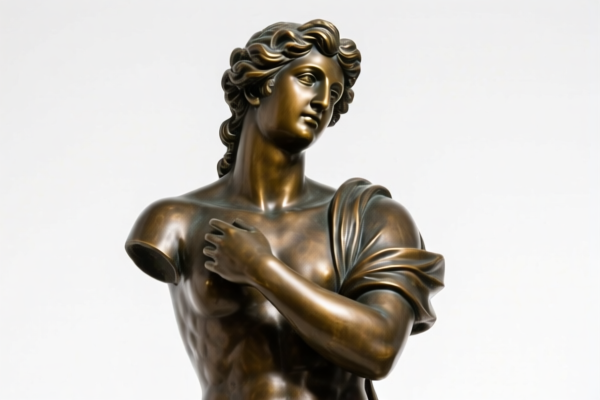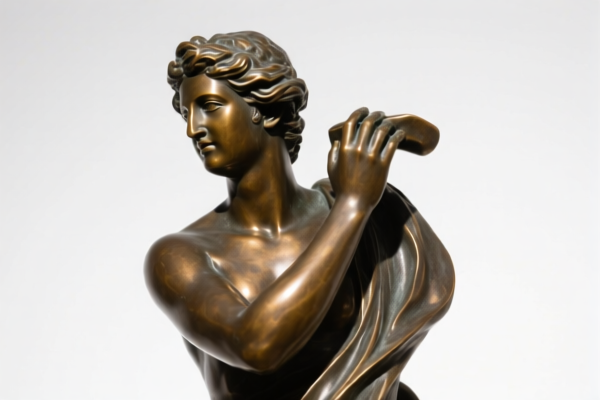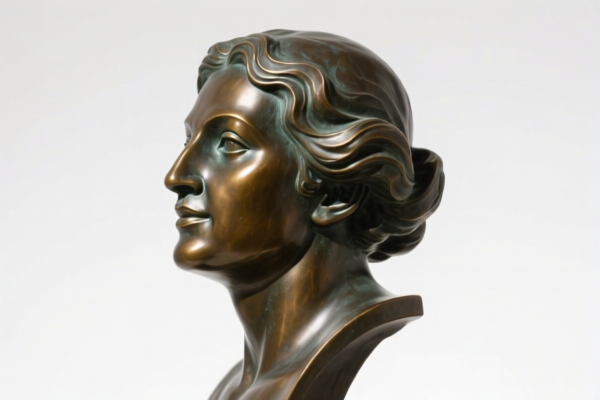| HS Code | Official Doc | Tariff Rate | Origin | Destination | Effective Date |
|---|---|---|---|---|---|
| 7326904500 | Doc | 80.0% | CN | US | 2025-05-12 |
| 7326908688 | Doc | 82.9% | CN | US | 2025-05-12 |
| 7325995000 | Doc | 82.9% | CN | US | 2025-05-12 |
| 7325991000 | Doc | 80.0% | CN | US | 2025-05-12 |
| 7419800900 | Doc | 58.0% | CN | US | 2025-05-12 |
| 7419800900 | Doc | 58.0% | CN | US | 2025-05-12 |
| 7408190060 | Doc | 58.0% | CN | US | 2025-05-12 |
| 7408190060 | Doc | 58.0% | CN | US | 2025-05-12 |
| 8306100000 | Doc | 35.8% | CN | US | 2025-05-12 |
| 8306290000 | Doc | 30.0% | CN | US | 2025-05-12 |
| 8301700000 | Doc | 42.0% | CN | US | 2025-05-12 |
| 8301600000 | Doc | 40.3% | CN | US | 2025-05-12 |
| 9703900000 | Doc | 37.5% | CN | US | 2025-05-12 |
| 9703100000 | Doc | 37.5% | CN | US | 2025-05-12 |




Horse Metal Sculpture
A horse metal sculpture is an artistic representation of a horse created using various metalworking techniques. These sculptures range in size from miniature desktop pieces to monumental outdoor installations, and serve decorative, commemorative, or purely aesthetic purposes.
Materials
A wide array of metals are employed in their creation, each imparting unique characteristics to the finished work:
- Steel: A common choice due to its strength and affordability. Often used for larger, outdoor sculptures. Can be finished with paint, patina, or left raw for a rustic appearance.
- Stainless Steel: Valued for its corrosion resistance and modern aesthetic. Frequently polished to a mirror finish or brushed for a softer look.
- Aluminum: Lightweight and easily shaped, making it suitable for complex designs. Also corrosion-resistant.
- Bronze: A traditional material known for its rich color and durability. Often used for casting detailed sculptures.
- Copper: Offers a distinctive reddish hue and can develop a beautiful patina over time.
- Iron: Can be wrought into intricate designs, often featuring a more textured, organic appearance.
- Mixed Metals: Artists frequently combine different metals to achieve contrasting colors, textures, and visual effects.
Purpose & Function
- Decorative: Used to enhance the aesthetic appeal of homes, gardens, and public spaces.
- Commemorative: Created to honor horses or equestrian achievements.
- Artistic Expression: Serve as a medium for artists to explore form, movement, and symbolism.
- Collectibles: Smaller sculptures are often sought after by art collectors.
Techniques
- Welding: Joining metal pieces together using heat. A fundamental technique for constructing sculptures.
- Forging: Shaping metal using compressive forces, often using a hammer and anvil.
- Casting: Pouring molten metal into a mold to create a desired shape. (Typically bronze or aluminum)
- Fabrication: Cutting, bending, and assembling metal sheets or components.
- Patina Application: Using chemicals to alter the surface of the metal, creating color variations and textures.
- Repoussé and Chasing: Hammering metal from the reverse side to create raised designs (often used with copper or bronze).
Usage Scenarios
- Gardens: Outdoor sculptures add focal points and visual interest.
- Homes: Indoor sculptures serve as decorative accents.
- Parks & Public Spaces: Large-scale sculptures create landmarks and enhance the environment.
- Equestrian Centers & Ranches: Commemorative or thematic sculptures.
- Art Galleries & Museums: Displayed as works of art.
- Events & Competitions: Trophies or awards.
Common Types
- Realistic Sculptures: Depict horses with anatomical accuracy.
- Abstract Sculptures: Focus on form, movement, and symbolism rather than literal representation.
- Kinetic Sculptures: Incorporate movement, often powered by wind or motors.
- Silhouette Sculptures: Two-dimensional representations of horses cut from metal sheets.
- Miniature Sculptures: Small, detailed pieces often used as collectibles or decorative accents.
- Life-Size Sculptures: Replicating the actual size of a horse.
- Monumental Sculptures: Large-scale installations intended to be prominent landmarks.
Based on the material, use, and application, “horse metal sculpture” falls under the category of original sculptures and statuary made of metal.
Here are the relevant HS codes from the provided reference material:
- 9703900000: Original sculptures and statuary, in any material: Other. This HS code covers original sculptures and statuary not specifically classified elsewhere. The first two digits (97) indicate Chapter 97, which covers works of art, collectors’ pieces and antiques. The next two digits (03) represent Heading 03, specifically for sculptures and statuary. The final four digits (9000) denote Subheading 9000, covering “other” sculptures and statuary in any material.
- 9703100000: Original sculptures and statuary, in any material: Of an age exceeding 100 years. This HS code specifically applies to sculptures and statuary over 100 years old. The first two digits (97) indicate Chapter 97, works of art, collectors’ pieces and antiques. The next two digits (03) represent Heading 03, specifically for sculptures and statuary. The final four digits (1000) denote Subheading 1000, covering sculptures and statuary of an age exceeding 100 years.
According to the provided reference material, the HS code options related to 'horse metal sculpture' are limited, with only the following 2 found.
Regarding HS code 9703900000 and 9703100000, it is important to determine the age of the sculpture. If the sculpture is over 100 years old, HS code 9703100000 should be used. Otherwise, HS code 9703900000 is appropriate. The tax rate for both HS codes is 37.5% (0.0% basic tariff + 7.5% additional tariff + 30.0% additional tariff after 2025.4.2).
Customer Reviews
No reviews yet.